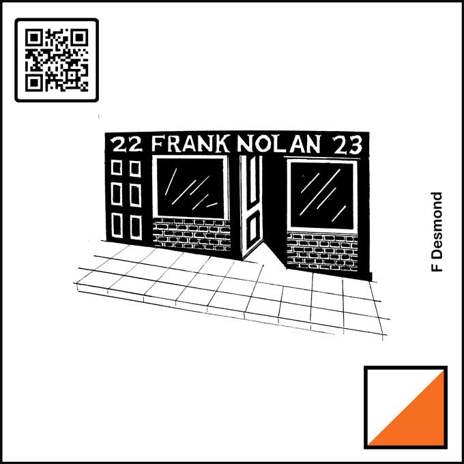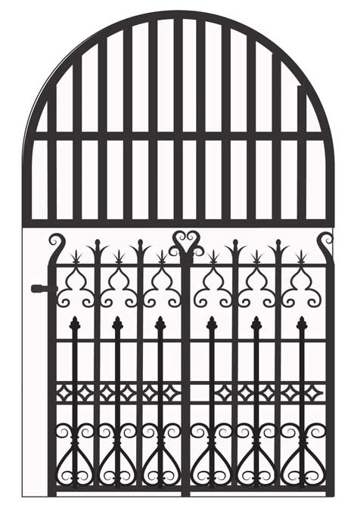Checkpoint 3: Shandon Street
Congratulations on climbing up the hill and making it to checkpoint 3!


This illustration marks our third checkpoint and was drawn by local artist - Fiona Desmond. It depicts Frank Nolan's butchers, an institution in Shandon! This building is a really interesting example of a cross gabled front with a lead downpipe dividing the gables. This type of building was common in the 18th century. The shopfront is Victorian, and the Nolan's have been trading here for over 70 years. |
History of Shandon Street
Shandon Street or Stráid an tSeandúin means Old Fort Street in Irish. A medieval grant from 1183 notes that there was an ‘old castle’ near a stream in the vicinity of North Abbey Square, west of Griffith Bridge and it is thought that it was this old castle or fort that gives the street its name. There is no trace of that structure remaining today.
Centuries later, another castle known as Shandon Castle was constructed (near where the Old Butter Market now stands). This fortification was used as a courthouse and jail for important prisoners such as the ‘Sugán Earl’ James Desmond (the man who fought against Queen Elizabeth’s forces in Munster in the 16th century). The fort was eventually destroyed during the Siege of Cork in 1690 and the Firkin Crane is located on the site of the castle.
Butter Trade
In the 19th century, Shandon was an essential area for trade with farmers form Cork and Kerry coming here to sell butter. If you would like to learn more about the importance of butter and provisions trade pre-Famine, check out Cork Butter Museum in Shandon. By the beginning of the 20th century, the street was popular with wealthier citizens who lived over their Georgian and Victorian style shops and pubs.
War of Independence
During the War of Independence parts of Shandon Street were burned by the British Army as payback for an attack on their forces in the city. Then in 1924, the famous Butter Market closed, however, many of the fine Victorian shopfronts survive and can still be seen today.
Key architectural features:
- - Cornices: used to define the public shop on the ground floor from the private residence on the upper floors. The cornice was also used to keep the rain off the fascia/frieze.
- - Fascia/Frieze: Based on classical Greek architecture, the fascia or frieze was used to display the number and name of the shop.
- - Console/Corbels/Bracket: Highly decorated ’S’ shaped projecting supports found at the top of pilasters. They mark the ends of the fascia and the shop.
- - Pilasters: On either side of the shop window are vertical columns that project from the wall. They are classical Greek in style and are usually decorated with fluting or scrolls,
- - Spandrel/Stall-riser: This protects the base of the shopfront window from rain splashing and dirt.
You can see some nice examples of traditional shopfront architecture at numbers 23, 29, 72, 90, 91, 94, 95 and 101 on Shandon Street.
How many more traditional shopfronts can you find?
| CLUE 3: Our next checkpoint is located on a lane named after a boy and a girl. It can be found near this feature. |




